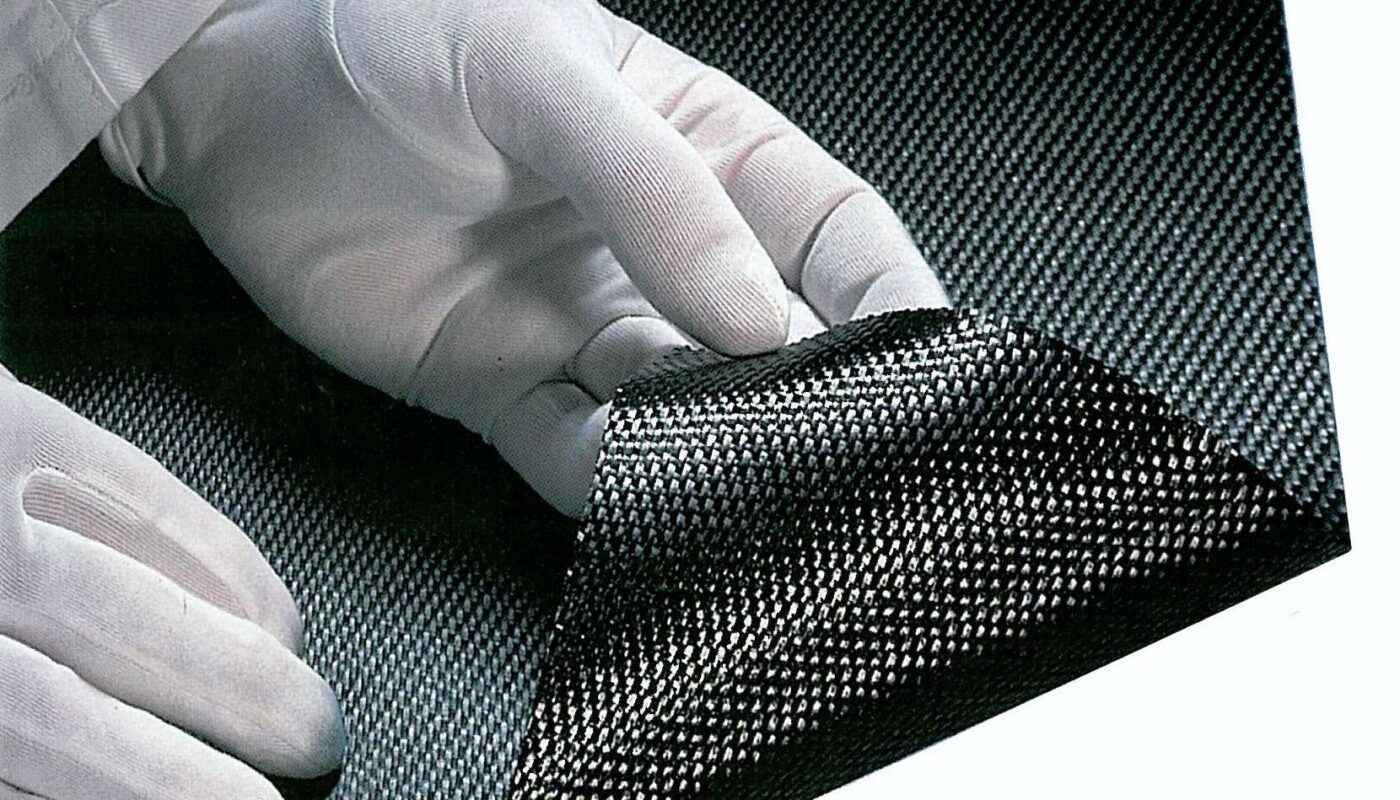Carbon prepreg is a advanced composite material which is quickly gaining popularity in many industries ranging from aerospace to automotive due to its high strength to weight ratio and versatility. In this article, we will explore what carbon prepreg is, different types of prepregs available, manufacturing process to make parts using prepreg and its applications.
What is Carbon Prepreg?
Carbon prepreg, also known as pre-impregnated carbon fibers, is a semi-finished composite material made by impregnating carbon fibers with a thermosetting polymer resin that is not yet fully cured. The resin is usually a thermosetting epoxy, phenolic, polyimide or cyanate ester. The carbon fibers have good tensile strength, stiffness and are lightweight. When combined with resin and cured, carbon fiber reinforced polymers (CFRPs) can be formed which have incredible mechanical properties and are lightweight.
In Carbon Prepreg, the polymer resin is only partially cured, leaving it still liquid or gel-like so that it can flow and wet out carbon fiber tows, fabrics or other forms during manufacturing. This allows for precise control over fiber orientation and resin content in the finished composite part. Once laid up and cured through application of heat and pressure, it forms a very strong and stiff composite material.
Types of Carbon Prepreg
There are different types of prepregs available based on the carbon fiber form, resin system and tack or shelf-life requirements:
– UD Tape: Unidirectional prepreg tape is made of parallel carbon fibers with resin on one side only for layup of unidirectional plies with all fibers oriented in the same direction.
– Fabric: Carbon fiber fabrics have a woven structure that allows for more drapability and complexity in fiber orientations. Common weaves include plain, twill and satin weaves.
– Short Fiber: Contains shorter chopped carbon fibers suitable for injection molding applications.
– High Tack/Long Shelf Life: Specially formulated prepregs that can be stored at room temperature and maintain good tack or tackiness for over 6 months. Ideal for manufacture of large complex parts.
– Low Tack/Short Shelf Life: Has lower initial tack but only 3-4 months of shelf life and requires freezer storage. Used for small, simple parts.
Manufacturing Process Using Carbon Prepreg
The manufacturing process usually involves the following main steps:
1. Prepreg Cutting: Rolls of prepreg are cut into plies of desired size and shape using automated cutters.
2. Layup: Plies are arranged on a tool or mold according to the desired fiber orientation and part geometry. Vacuum bagging film is applied.
3. Debulking: An initial cure is done under light pressure to remove air and excess resin (debulking) before final cure.
4. Cure Cycle: The laid-up part is cured in an autoclave under elevated temperature and pressure based on the resin system used.
5. Post Cure and Trimming: Optional post curing may be done for full polymerization. Finished parts are then trimmed and ready for use.
Strict quality controls are required around material storage, automation, tooling and the curing process to achieve consistently high quality composite parts using prepreg.
Applications of Carbon Prepreg Composites
Some major applications of carbon prepreg composites include:
Aerospace: Aircraft structures, engines, interiors – Significant weight savings enable increased payload and performance. Examples include Boeing 787 fuselage and Airbus A350 wings.
Automotive: High performance cars, racing components – Benefits in weight reduction, strength and design flexibility. Porsche 911 GT3 uses CFRP anti-roll bars.
Wind Turbines: Blades – Large, lightweight blades require CFRP/glass hybrids for strength and reliability in harsh operating conditions.
Marine: High speed boats, ship components – Corrosion resistance and strength to weight advantages. Racing yachts have fully carbon rigs and hulls.
Sports Goods: Bicycles, rackets, snowboards – Performance advantages through design optimization and weight savings. High end bikes use CFRP frames.
Construction: Architecture, civil structures – Growing use for long span roofs, bridges as design freedoms increase.
In all these applications, carbon prepreg’s properties enable design and performance improvements while helping meet stringent durability, safety and environmental regulatory demands.
In summary, carbon prepreg composites are emerging as a primary choice for applications where strength, stiffness and lightweight are critical design requirements. Their excellent mechanical properties combined with the processing flexibility of prepreg tape and fabrics allow for very complex, optimized part geometries through automated tape laying and multi-axial reinforcement arrangements. With ongoing research into low-cost automation, alternative lower temperature resins and recycling, carbon prepreg composites are poised to significantly transform entire industries in the future through their application potential.
*Note:
1. Source: Coherent Market Insights, Public sources, Desk research
2. We have leveraged AI tools to mine information and compile it




